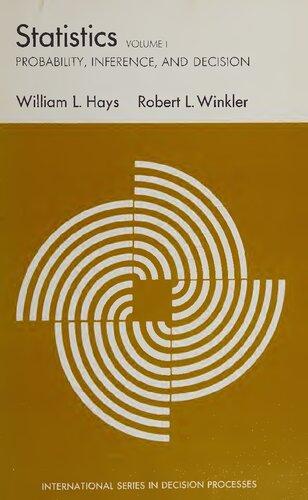Suppose that the face value of a playing card is regarded as a random variable, with an
Question:
Suppose that the face value of a playing card is regarded as a random variable, with an ace counting as 1 and any face card (Jack, Queen, King) counting as 10. You draw one card at random from a well-shuffled deck. Construct a PMF showing the probability distribution for this random variable and find the probabilities of the following events:
(a) P(X < 6)
(d) P(X is an even number)
(b) P(4 < X)
(e) P(X^2flX^8).
(c) P[(2< X< 7) U (X = 10)]
7.The density function of X is given by 2(3-z) ^ ^
/(x) =-—- for 0 < z < 3,
= 0 elsewhere.
Without using integration, show that the area under the curve is equal to one and find P(1 < X < 1.5) and P(X > 2). [Hint-. Use the fact that the area within a triangle is equal to \ of the product of the base and the height.]
8.Suppose that the random variable X represents the number of heads occurring in three independent tosses of a fair coin. Represent the distribution of X
(a) by a listing
(b) by a graph of the PMF
(c) by a graph of the CDF.
Do the same for Y, the number of heads occurring in four independent tosses of a fair coin.
9.Discuss the proposition: “All observed numerical events represent values of discrete variables, and continuous variables are only an idealization.”
Step by Step Answer:

Statistics Probability Inference And Decision
ISBN: 9780030778056
1st Edition
Authors: Robert L. Winkler, William L. Hays





